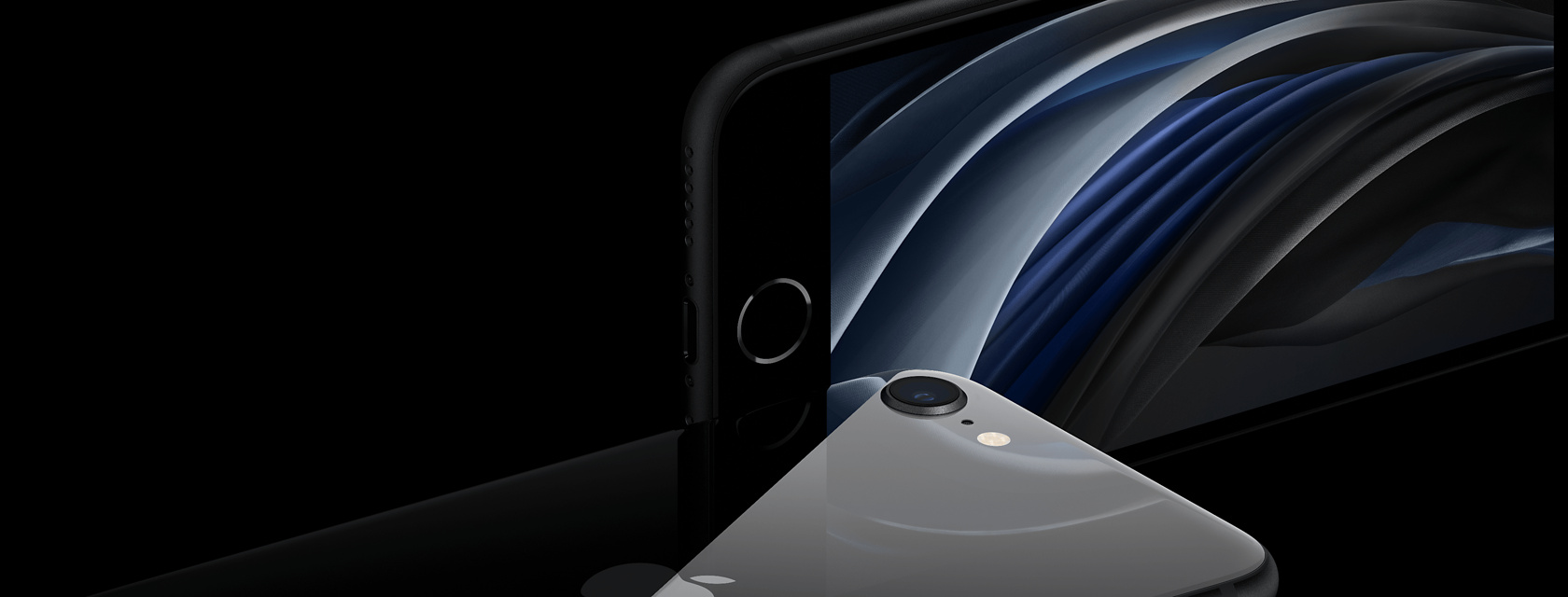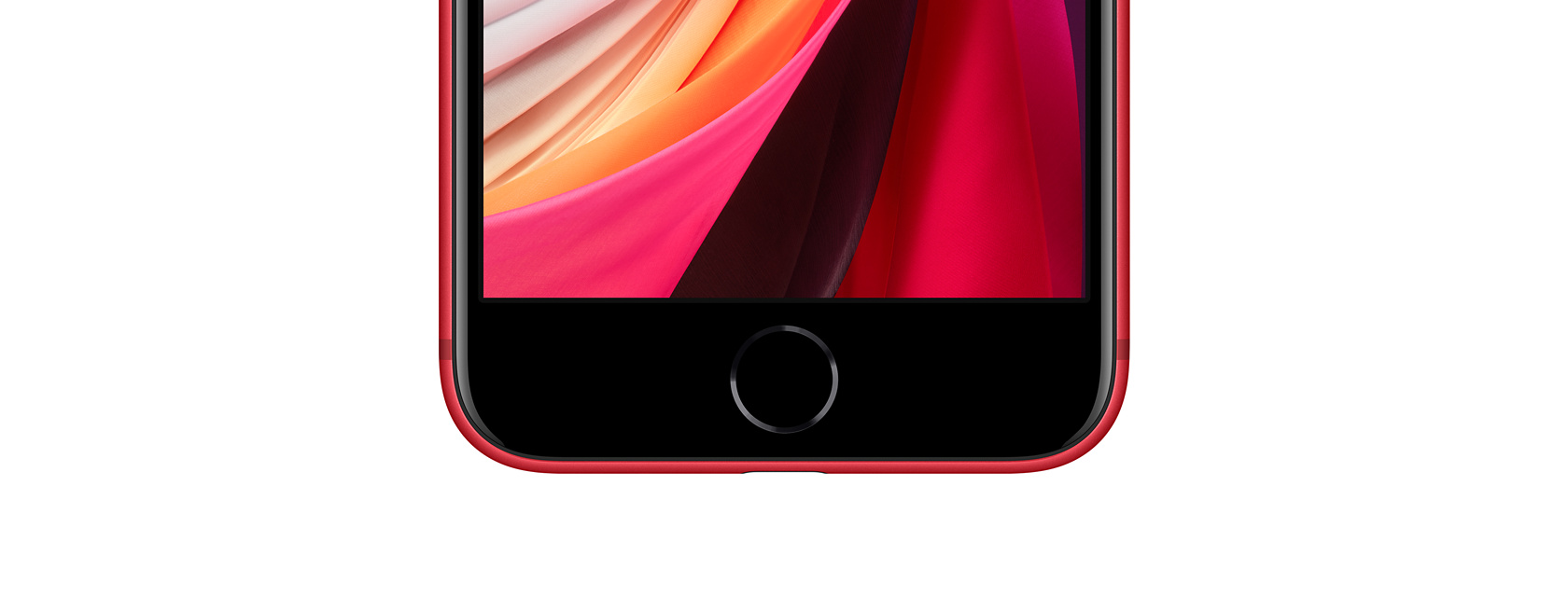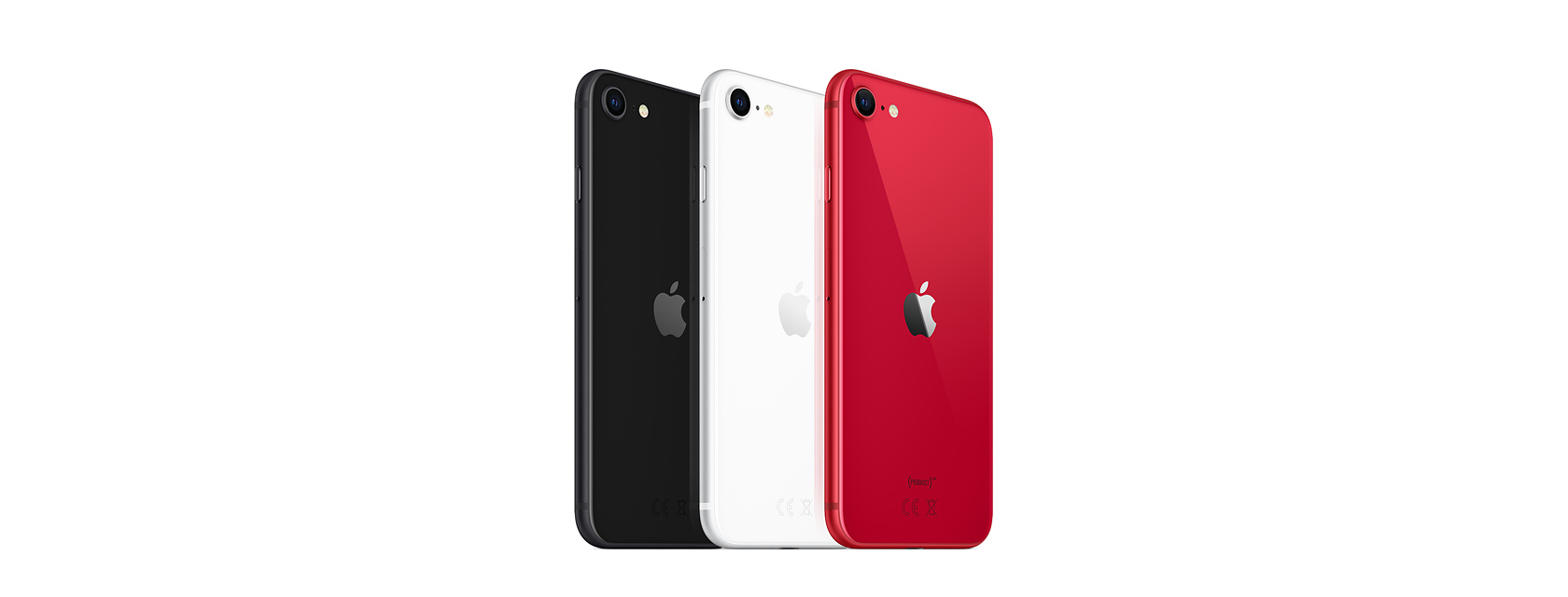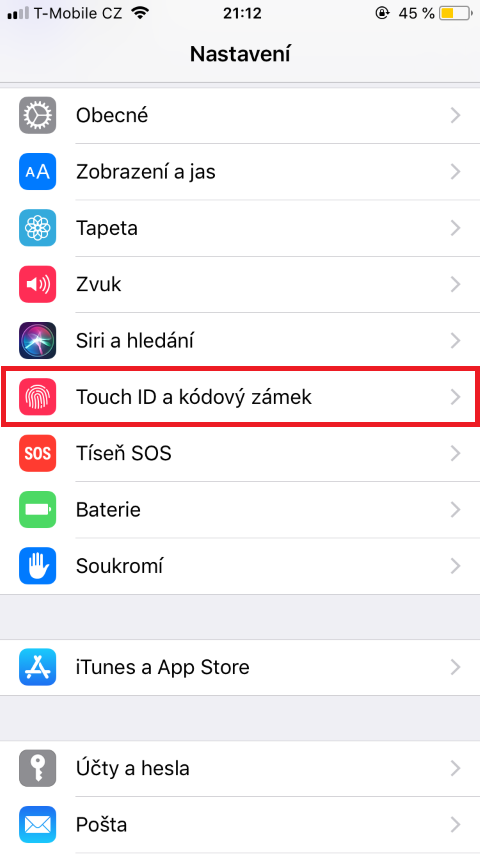iPhone is designed to protect your data and privacy. Built-in security features help prevent anyone but you from accessing your iPhone and iCloud data. Face ID and Touch ID are secure and convenient methods for unlocking your iPhone, authorizing purchases and payments, and signing in to many third-party apps. However, both are conditional on the access code being set. Face ID applies to modern iPhones from the iPhone X model and up. However, if you still own an iPhone with a desktop button (or, for example, an iPad Air and others), you can use fingerprint security.
It could be interest you
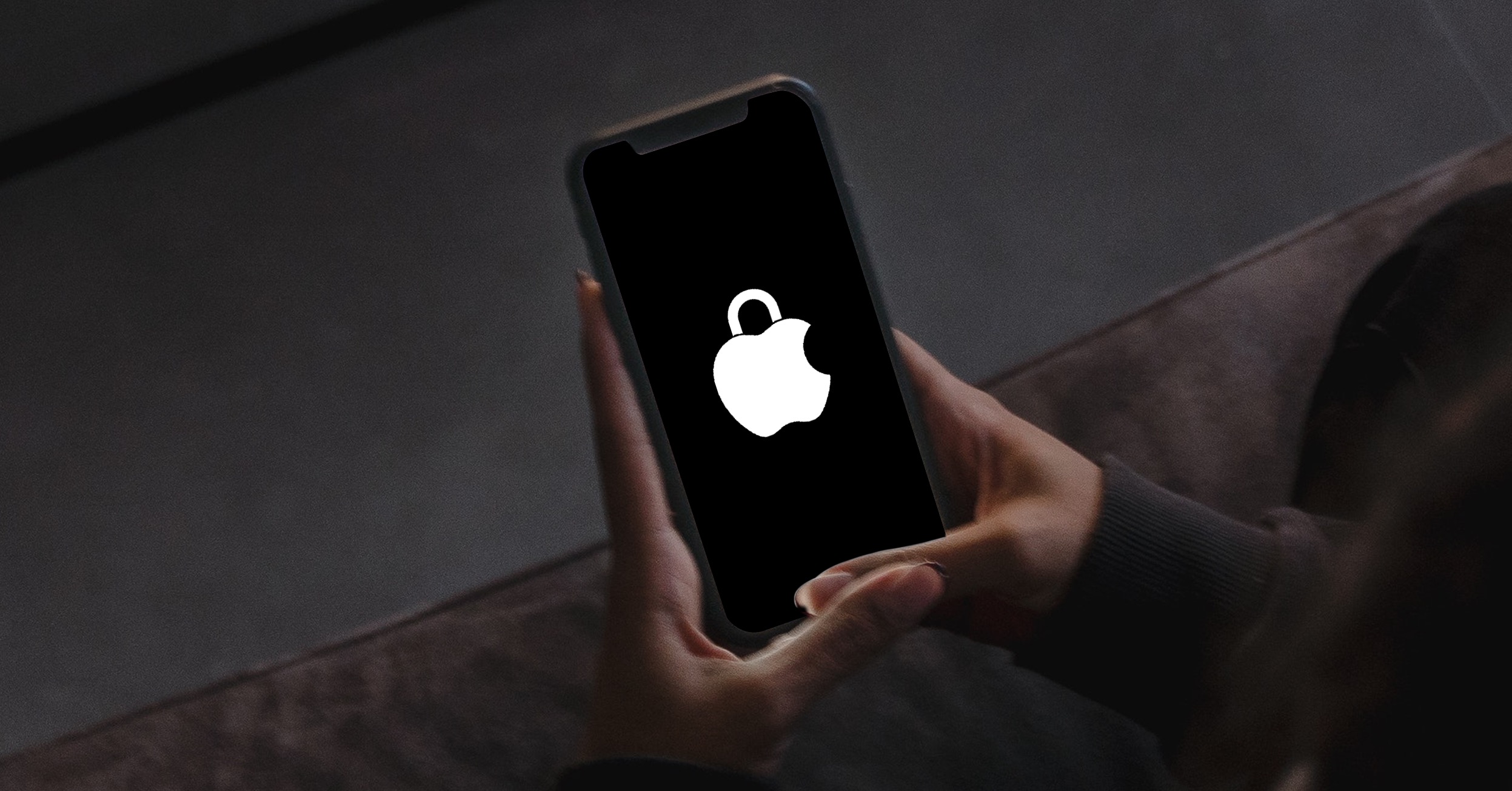
Touch ID and iPhone models that have it:
- iPhone SE 1st and 2nd generation
- iPhone 8, 8 Plus
- iPhone 7, 7 Plus
- iPhone 6S, 6S Plus
Turn on Touch ID
If you didn't turn on fingerprint recognition when you initially set up your iPhone, go to Settings -> Touch ID and passcode lock. Turn on any options here and then follow the on-screen instructions. If you turn on iTunes and the App Store, you'll be prompted for your Apple ID the first time you make a purchase from the App Store, Apple Books, or the iTunes Store. Additional purchases will prompt you to use Touch ID.
The system allows you to enter multiple fingerprints (for example, both thumbs and both index fingers). To enter more fingers, tap Add Fingerprint. Again, follow the instructions on the screen, i.e. repeatedly bring the desired finger to scan its belly and then its sides. You can also name individual fingers here. If you have added multiple fingerprints, place your finger on the desktop button and let the fingerprint be identified. Tap a fingerprint and then enter a name or tap Delete Fingerprint. V Settings -> Accessibility -> Desktop button you can set your iPhone to unlock by touch instead of pressing the surface button. Just turn on the option here Activate by placing your finger.
It could be interest you

What if Touch ID isn't working on your iPhone?
The Touch ID sensor is integrated into the desktop button (in the top button on the 4th generation iPad Air). However, the print is not always recognized correctly. The following factors may be responsible for this, which you should pay attention to.
- Make sure your fingers and the Touch ID sensor are clean and dry. Fingerprint recognition can be affected by moisture, creams, sweat, oil, cuts or dry skin. Fingerprint recognition can be temporarily affected by certain activities, such as exercise, showering, swimming, cooking, and other conditions and changes that affect the fingerprint. Wipe dirt from the Touch ID sensor with a clean, lint-free cloth.
- Make sure you have the latest version of iOS (or iPadOS).
- The finger should completely cover the Touch ID sensor and touch the metal frame around it. Touch ID scanning takes a moment, so do not tap or move your finger on the sensor.
- If you use a cover or screen protector, make sure it doesn't cover the Touch ID sensor or the metal frame around it.
- Go to Settings -> Touch ID and passcode lock and see if you have iPhone Unlock and iTunes and App Store options turned on and if you have at least one fingerprint added.
- Try scanning a different finger.
It could be interest you
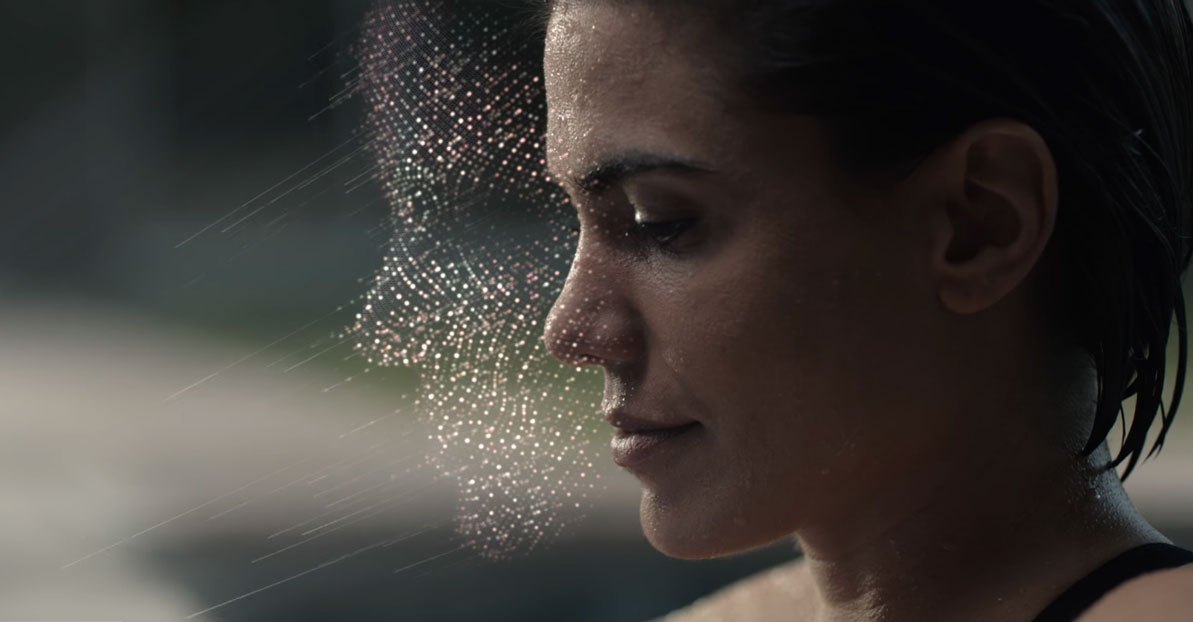
Sometimes you won't be able to use Touch ID and you'll need to enter your passcode or Apple ID. It happens in the following cases:
- You have just restarted your device.
- The fingerprint failed to be recognized five times in a row.
- You haven't unlocked your device for more than 48 hours.
- You have just enrolled or removed your fingerprints.
- You are trying to open the Touch ID screen and the passcode lock in the Settings menu.
- You have used Distress SOS.
It could be interest you
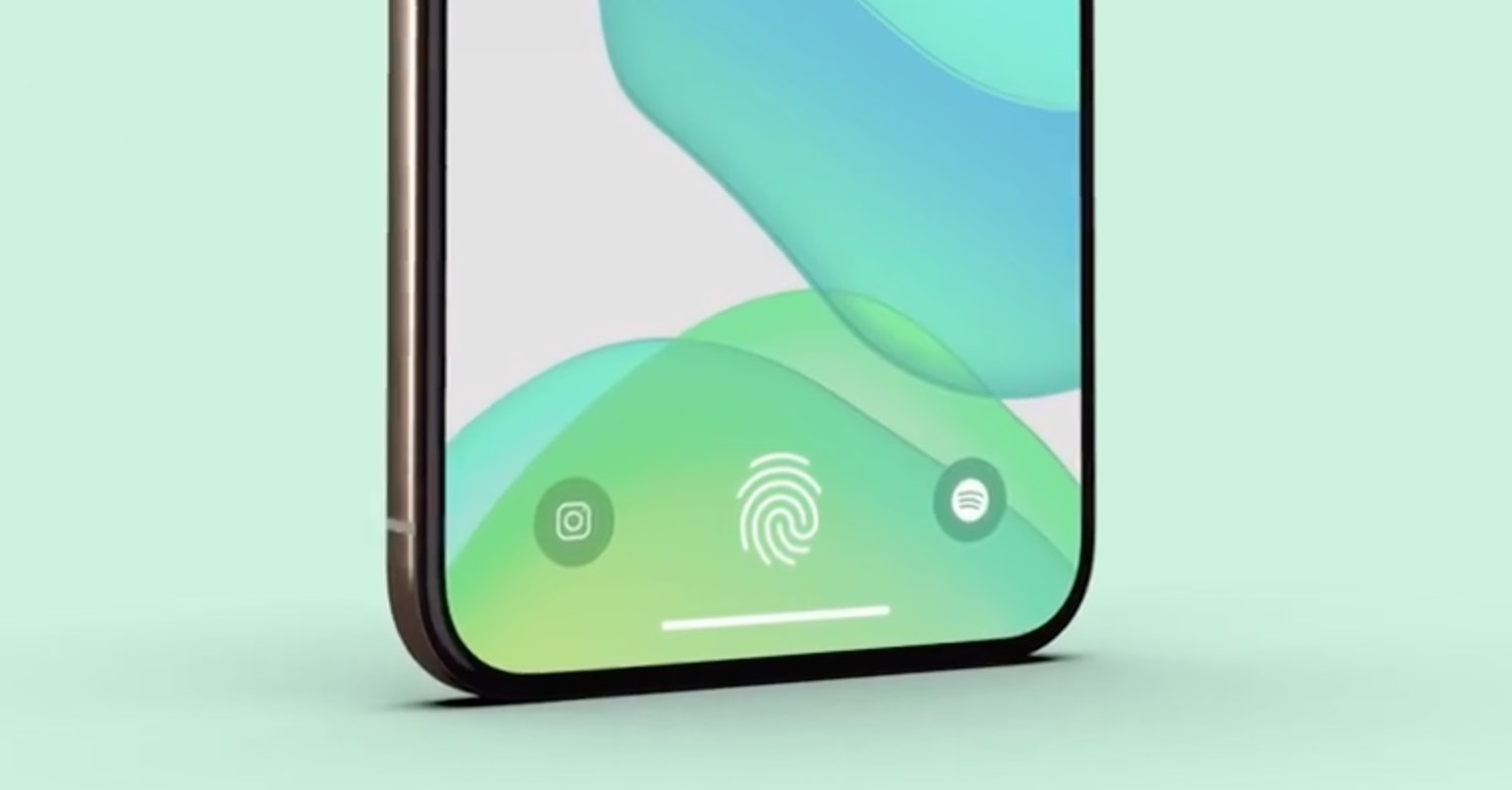
 Adam Kos
Adam Kos 
